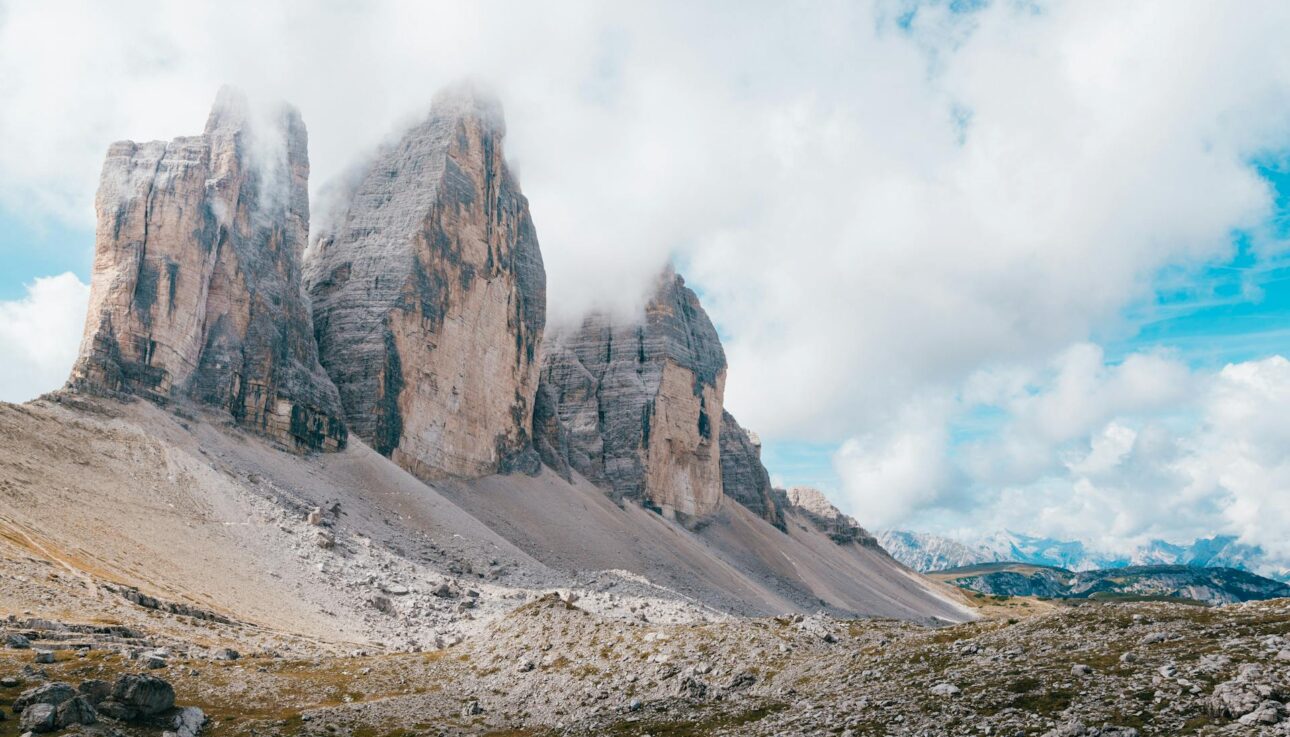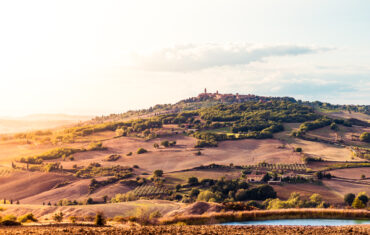Italy, a country synonymous with history, culture, and cuisine, is also celebrated for its diverse and captivating geography. From the towering peaks of the Alps to the sun-soaked shores of the Mediterranean, Italy’s landscapes are as varied as they are beautiful. This geographical diversity has shaped the country’s climate, culture, and way of life, making Italy a unique destination for travelers and geography enthusiasts alike. Let’s take a closer look at the general geography of Italy.
The Northern Mountains: The Alps and the Dolomites
Northern Italy is dominated by the Alps, one of the most prominent mountain ranges in Europe. The Alps form a natural border between Italy and its northern neighbors, including France, Switzerland, Austria, and Slovenia.
- The Alps: The Italian Alps are home to some of the highest peaks in Europe, including Mont Blanc (Monte Bianco), which stands at 4,810 meters and marks the border with France. The region is famous for its ski resorts, such as Cortina d’Ampezzo, and its stunning alpine landscapes, which attract hikers, climbers, and nature lovers year-round.
- The Dolomites: Located in the eastern part of the Alps, the Dolomites are known for their dramatic, jagged peaks and unique rock formations. This UNESCO World Heritage site is a favorite destination for outdoor activities, from skiing and snowboarding in winter to hiking and cycling in summer.
The Central Spine: The Apennine Mountains
Running down the length of the Italian peninsula is the Apennine mountain range, often referred to as the “backbone” of Italy.
- The Apennines: The Apennines stretch from the northwestern region of Liguria down to Calabria in the south, covering about 1,200 kilometers. These mountains are lower than the Alps but are still rugged and picturesque, with many peaks reaching over 2,000 meters. The Apennines are home to several national parks, such as the Gran Sasso and Monti della Laga National Park, which protect diverse flora and fauna and offer opportunities for hiking, wildlife watching, and winter sports.
The Coastal Plains and Rivers
Italy’s geography is heavily influenced by its extensive coastline, which stretches for about 7,600 kilometers along the Mediterranean Sea. This coastline is home to some of the country’s most iconic landscapes and cities.
- The Po Valley: The Po Valley (Pianura Padana) is Italy’s largest plain, extending across the northern regions of Lombardy, Emilia-Romagna, and Veneto. The Po River, Italy’s longest river, flows through this fertile plain, which is one of the country’s most important agricultural areas, producing rice, wheat, and a variety of fruits and vegetables.
- The Tyrrhenian and Adriatic Coasts: Italy’s western coastline along the Tyrrhenian Sea is known for its stunning beaches, historic cities, and scenic islands like Elba and Capri. The eastern Adriatic coast is more rugged, with rocky shores and charming coastal towns like Rimini and Bari.
The Southern Regions and Islands
Southern Italy and its islands offer a contrasting landscape to the north, with volcanic mountains, rolling hills, and some of the most beautiful coastlines in the world.
- Mount Vesuvius and Mount Etna: Italy is home to two of the most famous active volcanoes in Europe. Mount Vesuvius, near Naples, is notorious for its eruption in 79 AD that buried the cities of Pompeii and Herculaneum. Mount Etna, located on the island of Sicily, is Europe’s most active volcano and one of the world’s tallest, reaching over 3,300 meters.
- The Islands of Sicily and Sardinia: Sicily, the largest island in the Mediterranean, is known for its diverse landscapes, including beaches, mountains, and fertile plains. Sardinia, Italy’s second-largest island, is famous for its rugged coastline, crystal-clear waters, and ancient Nuraghi structures.
Italy’s geography consists of varied landscapes, from towering mountains and rolling hills to fertile plains and stunning coastlines. This diversity not only shapes the country’s climate and natural beauty but also influences its culture, cuisine, and way of life. Whether you’re exploring the snowy peaks of the Alps, hiking in the Apennines, or relaxing on a Mediterranean beach, Italy’s geography offers something for every traveler to enjoy.









